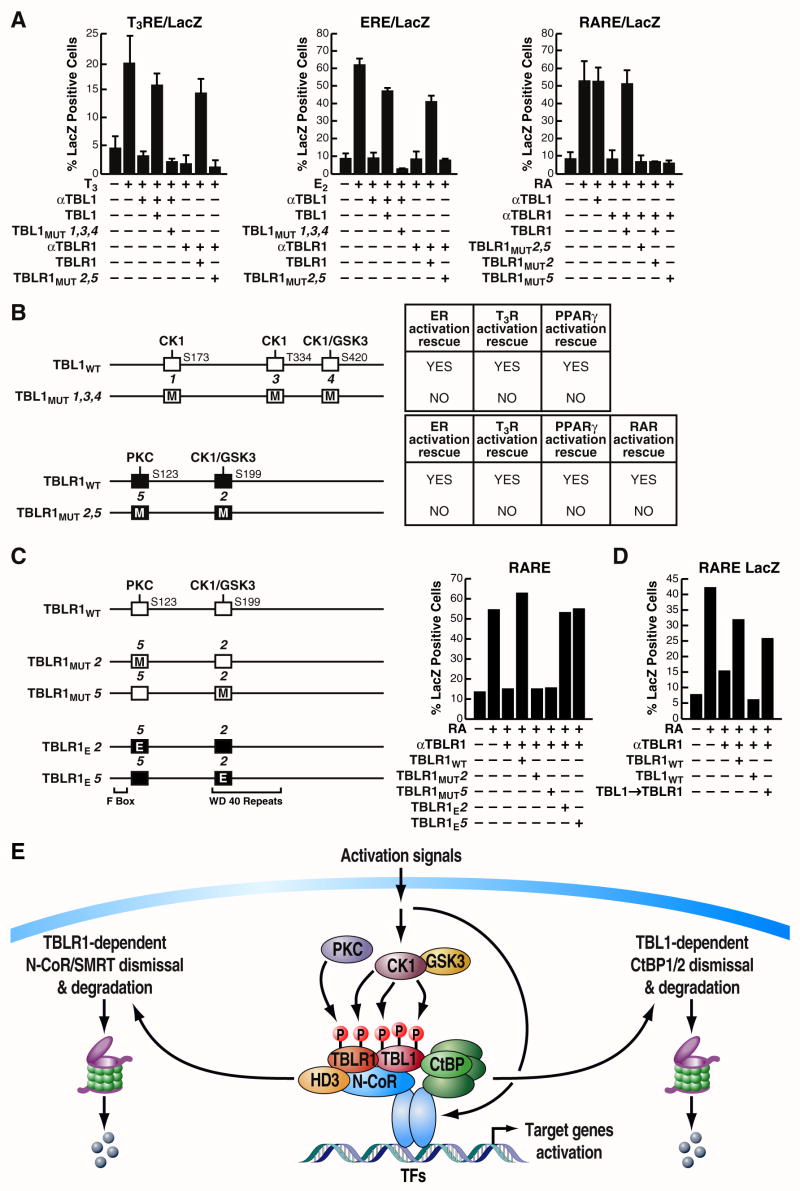Figure 5. TBL1 and TBLR1 identities and functions are determined by five specific phosphorylation sites.
(A) Inhibition of T3R, ER and RAR dependent transcriptional activity by αTBL1 or αTBLR1 was rescued by co-injecting expression vectors for either TBL1 or TBLR1, while activation could not be rescued when the specific phosphorylation sites, selectively present in the two factors, were mutated. (B) Schematic representation of the results of the experiments shown in (A) and others not shown: activation by ER, T3R and PPARγ is blocked by αTBL1 microinjection and rescued by overexpression of TBL1 wild-type but not by the mutated form. Similar results for TBLR1 rescue on ER-, T3R-, PPARγ- and RAR-mediated transcription. The results obtained are marked as positive when at least 60% of the original activity is rescued. (C) Activation of a LacZ reporter driven by the RARE response element is inhibited by TBLR1 siRNA microinjection and can be rescued by wild-type TBLR1 or phosphorylation mimicking mutants (Glu), but not by mutations deleting each of the two TBLR1-specific phosphorylation sites. (D) Selective requirement of TBLR1 for RAR-mediated transcription can be specifically changed by swapping the five specific phosphorylation sites that distinguish TBL1 and TBLR1. (E) Model. While TBLR1 specifically functions to mediate the dismissal of the NCoR/SMRT/HDAC3 corepressor complex, TBL1 function is key to promoting the ubiquitylation and degradation of the corepressor CtBP based on direct interaction. The specificity between TBL1 and TBLR1 functions is regulated upon activation via local phosphorylation, with TBLR1 being specifically phosphorylated by PKCδ at Ser123.

